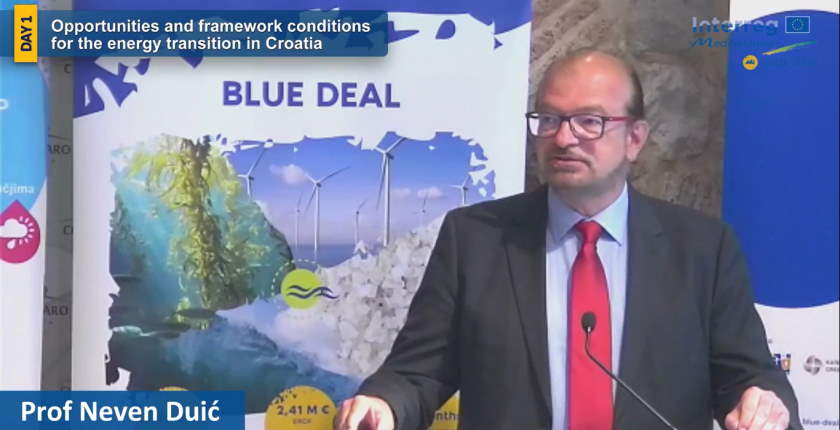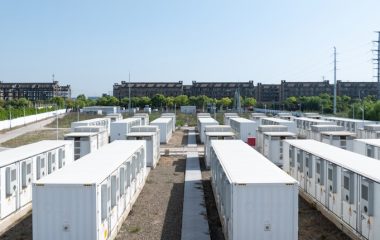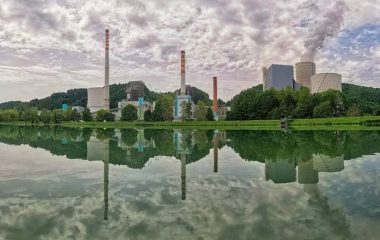
Photo: Blue Deal/Facebook
Professor Neven Duić said oil and gas company INA plans to install offshore wind farms in the northern part of the Adriatic Sea after closing its natural gas platforms in 2025. Professor Duić explained that blue energy or the energy of the sea should be observed in the context of the European energy transition and claimed significant funds from the European Union would be available in the next ten years.
The energy potential of the sea is great in other parts of the Adriatic Sea as well, not only in the north, where the natural gas platforms are located, but it will be exploited after floating wind power technologies are developed.
“According to our estimates, at least 20% of Croatian energy could be produced in the Adriatic Sea,” said Neven Duić, professor at the Faculty of Mechanical Engineering and Naval Architecture at the University of Zagreb, RTL reported.
INA will close gas platforms and install wind farms
During the second Blue Deal Transferring Lab event, dedicated to possibilities of using the sea energy, professor Duić said Croatia should focus on offshore wind farms over the next ten years as gas platforms will be shut down.
INA’s gas platforms are located in the north of the Adriatic, but their exploitation will be completed by 2025, so the company plans to replace them with wind power plants, Duić explained.
Wind farms will be built far from the coast to avoid negative consequences to tourism
The northern part of the Adriatic is the best location for offshore wind farms because the sea is shallow and current technology is suitable, the professor said.
Croatian oil and gas company INA has 19 platforms for natural gas production in the northern Adriatic. INA’s annual production stands at about a billion cubic meters of gas at sea and on land annually which is enough to meet about 30% of the country’s consumption.
Duić pointed out the energy potential of the sea is great in other parts of the Adriatic but that installing floating wind farms that can operate at depths greater than 100 meters would have to wait. He said such turbines would be built far from the coast due to tourism.
Heat pumps will heat and cool Dalmatian cities
Professor Duić explained that blue energy or the energy of the sea should be observed in the context of the European energy transition and claimed significant funds from the European Union would be available in the next ten years. In November 2020, the EU issued the Strategy on Offshore Renewable Energy, which envisages an increase in the capacity of offshore wind farms from 12 GW to 300 GW.
Heat pumps that use sea temperature are important as they can heat and cool coastal Dalmatian cities, Duić asserted. A new heating and cooling system was recently installed in the Rector’s Palace in Dubrovnik.
Such a centralized system is an optimal solution for Diocletian’s Palace in Split, which has a huge tourist potential but it is currently defaced with air conditioners on the outer walls, he said.









It is good that Montenegro finally embraced clean energy.